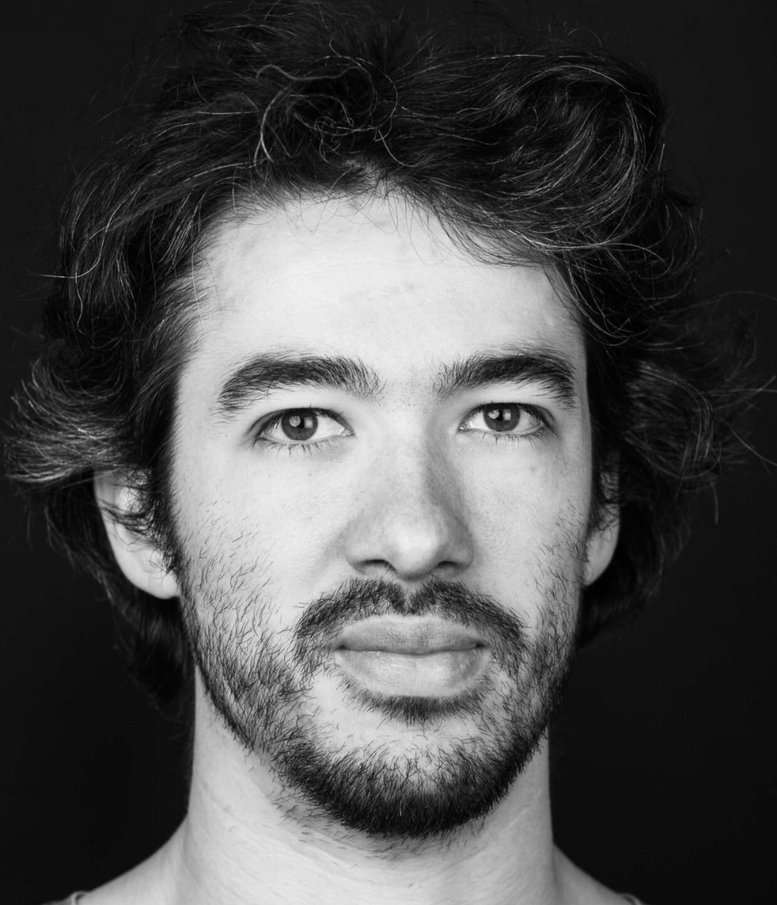The tightness on our power grid is becoming increasingly visible: both new producers of energy (wind and solar farms) and large users - for example, companies that want to switch from gas to electricity - cannot get a connection in certain parts of the Netherlands. Local grid operators, as well as national grid operator TenneT, which deals with connections to the high-voltage grid, are taking this step out of necessity to prevent congestion. Congestion is a type of traffic jam that occurs when more is asked of the power grid than it can handle.
"Our power grid has been set up the same way for a long time," explains Brinn Hekkelman. "You had a few big suppliers of electricity, and that power went through an extensive network of high-voltage pylons to smaller networks and then to users." Now there are many more suppliers, and the demand for power has increased substantially. The Netherlands wants to get rid of gas and is building wind and solar farms to generate more power, the use of electric cars is increasing, and we are turning to solar panels en masse. As a result, the current network is creaking.
"It takes a lot of time to strengthen the network," says Hekkelman. "Everywhere the ground has to be opened up for new cables. That takes years. While there is a great need among both producers and users of power for a short-term solution. That's where I'm jumping in with my dissertation."
Agents
Hekkelman, affiliated with CWI's Intelligent & Autonomous Systems group and TU Delft, investigated a fair distribution of power grid capacity among those already connected to it. He built models representative of the network. "They contain software agents representing users and suppliers. In those models, I entered what the agents want to do - use or supply a certain amount of power - and whether that creates congestion. Then I tried to resolve the congestion by distributing the available capacity in a fair way. Roughly speaking, the bottom line is that everyone gives in a little bit."
Fairness
But what is fair? Hekkelman tried several ways to formulate a definition of fairness. "I drew up a number of definitions, each with its own set of requirements that a fair distribution should meet. In addition, I tried to define fairness through a score based on the amount of capacity each agent has to give up and the differences between them: the higher the score, the fairer the distribution. Thus, you can assign congestion solutions a score to see which one is best. Then I checked whether the capacity was distributed fairly according to those different definitions."
Algorithm
The proposed distributions are devised by algorithms Hekkelman wrote, which are added to the model. "They always find the best solution, based on the definition of fairness you use. Only, not all definitions turned out to be strategy-proof. By that I mean that an agent could influence the algorithm in its favor by using a certain strategy. To give an example: you exaggerate your power consumption, hoping that you will get just a bit more in the distribution."
In his research, Hekkelman also included the structure of the existing power network. This is important, he emphasizes, because agents are not all connected to the same cable. Who is on a particular cable determines the capacity of that group. Hekkelman: "So it can happen that one district has congestion and the agents have to give up capacity there, while the neighboring district does not. Because they are on a different network. That complicates the problem. In my models and the fairness mechanisms that work on them, I take that into account."
"What is the most fair distribution? It's not for me to say. I am a scientist, I give the options that are out there. My message is: think about the distribution of that capacity. You can't leave this entirely to market forces. If soda becomes unaffordable, you just don't buy it anymore. But everyone needs power in everyday life."
Brinn Hekkelman defended his dissertation 'Fair mechanisms for smart grid congestion management' on 12 December.

